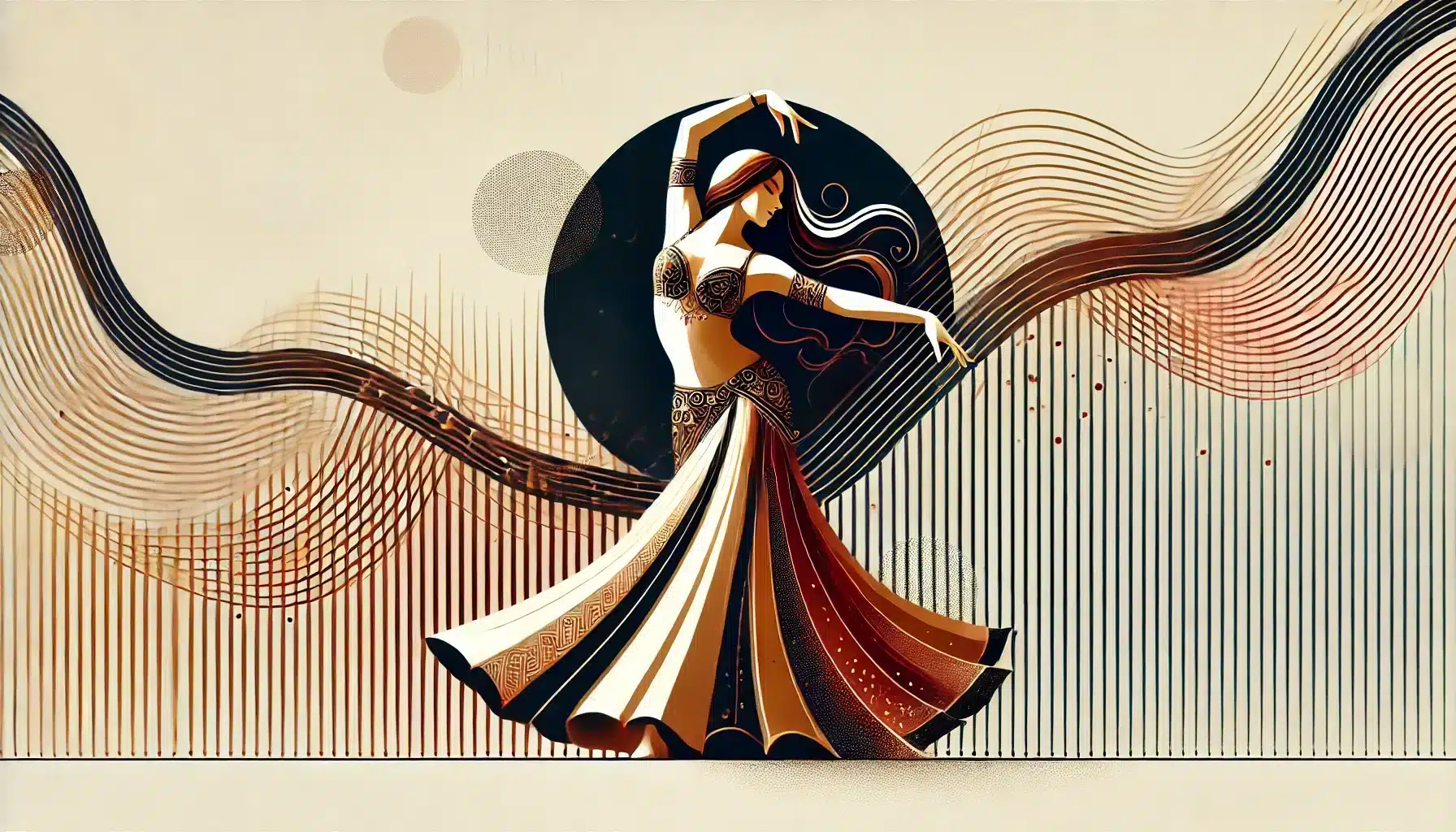What is World Belly Dance Day?
World Belly Dance Day is an annual celebration held on the second Saturday of May, dedicated to honoring the art and cultural significance of belly dancing. This day brings together dancers and enthusiasts worldwide to appreciate the dance form’s rich history, diverse styles, and its role in self-expression and empowerment.
Belly dance is more than just an art; it is a deeply rooted cultural tradition practiced in various regions, including the Middle East, North Africa, and beyond. World Belly Dance Day encourages participation, learning, and a deeper understanding of this expressive and graceful dance style.
History and Origin
World Belly Dance Day was established in 2008 by the World Belly Dance Alliance to raise awareness and appreciation for belly dancing as a respected art form. The event was created to unite dancers across the globe, foster cultural exchange, and break misconceptions about belly dance.
Over the years, dancers, studios, and cultural organizations have used this day to organize performances, workshops, and charity events. The movement has helped belly dance gain recognition as a valuable cultural expression, promoting body positivity and community spirit.
Who Participates in World Belly Dance Day?
- Professional and Amateur Dancers: Perform in events, teach workshops, and promote the cultural history of belly dance.
- Cultural Organizations: Host activities to educate the public about the heritage and significance of belly dancing.
- Dance Enthusiasts: Attend performances, take part in lessons, and engage in discussions about the art form.
- General Public: Experience the dance through live performances, online events, or community gatherings.
- Fitness and Wellness Groups: Promote belly dancing as a form of exercise that improves flexibility and confidence.
Slogans and Themes
World Belly Dance Day focuses on unity, self-expression, and cultural appreciation. Themes often highlight the empowerment that comes from dance, the historical roots of belly dancing, and its positive impact on physical and mental well-being.
Popular slogans include “Shimmy for a Cause” and “Celebrate the Dance of the East.” Other messages emphasize self-confidence, cultural pride, and the joy of movement.
Colors, Symbols, and Patterns
Colors
- Gold: Represents the richness and elegance of the dance.
- Red: Symbolizes passion and energy.
- Purple: Reflects creativity and spirituality.
Symbols
- Coin Belts: Represent the history of belly dancing and the rhythmic movements of the dance.
- Veils: Symbolize grace, mystery, and flowing movement.
- Swords: Used in some performances to showcase strength and balance.
Patterns
- Paisley Designs: Common in costumes, reflecting Middle Eastern artistry.
- Geometric Motifs: Represent structure and rhythm in dance.
- Floral Elements: Symbolize beauty and femininity.
Most Used Hashtags
- #WorldBellyDanceDay
- #BellyDanceCelebration
- #ShimmyAndShake
- #DanceOfTheEast
- #BellyDanceCommunity
How to Celebrate World Belly Dance Day
- Attend a Performance: Watch live belly dance shows or virtual performances.
- Join a Workshop: Take a class to learn belly dance moves from experienced dancers.
- Host a Belly Dance Party: Gather friends for a themed celebration.
- Share on Social Media: Post photos and videos to raise awareness and appreciation.
- Support Dance Organizations: Donate to groups promoting cultural education and dance programs.
Why is World Belly Dance Day Important?
Belly dancing is more than entertainment; it is a cultural art form with deep historical roots. World Belly Dance Day promotes awareness, helps break stereotypes, and highlights the many benefits of dance, from fitness to self-confidence.
This day also fosters a sense of community, connecting dancers from different backgrounds and encouraging cultural appreciation. By celebrating belly dance, people can embrace movement, music, and tradition in a way that is both empowering and enjoyable.
Features
Second Saturday of May: Belly Dance Day
Why do you keep falling for the same type?
Read the article Lovemaps: the hidden blueprint of our love.

